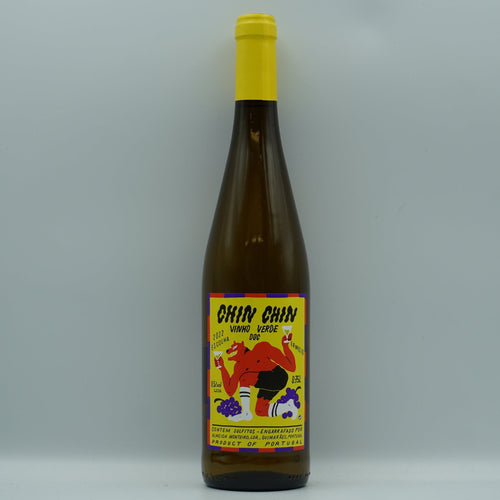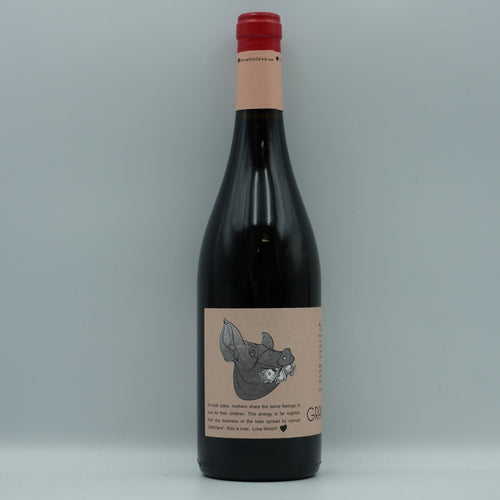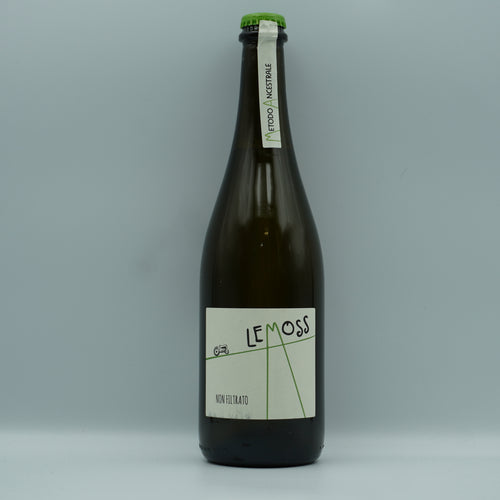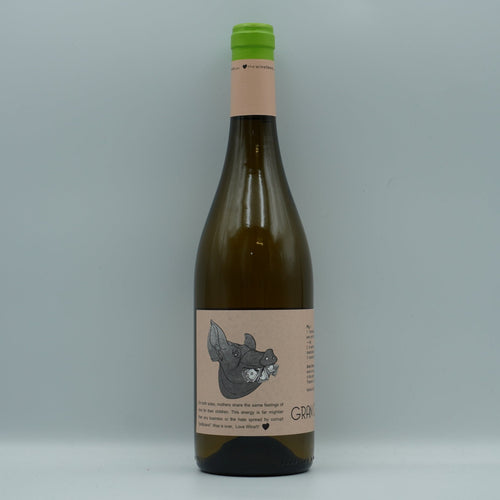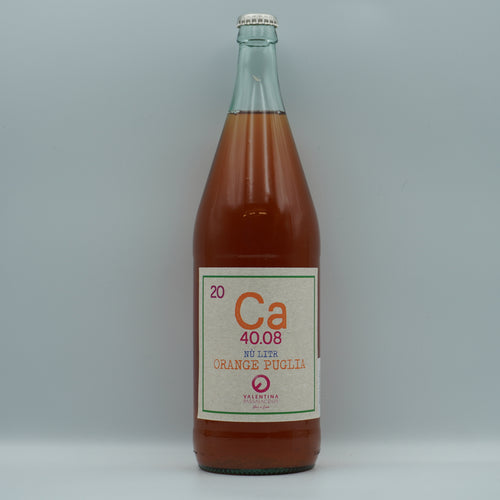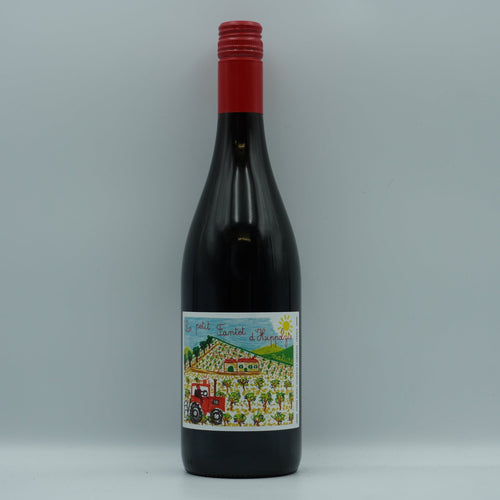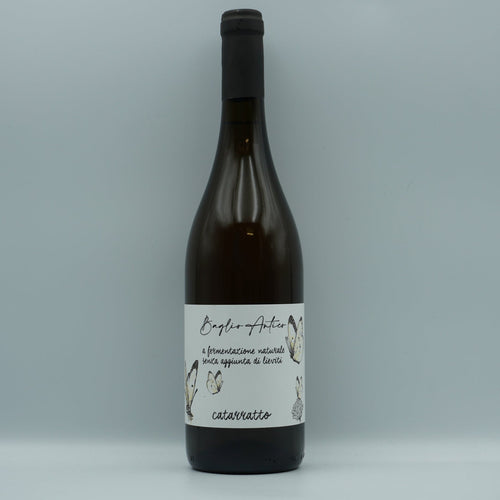SPEND £65 FOR FREE SHIPPING
What’s up winos,
At the time of writing this, my exam is precisely five hours away. Why are you writing this blog, you might be asking? Why aren’t you crying in a corner somewhere? Coz I have a duty, fellow winos, to you, to Natty Boy, to king, to country, etc. Also this will be a nice little revision boost on perhaps my least favourite topic so far: fortified wines.
Why is it my least favourite topic? The answer is two-fold.
- Coz they’re gross.
- Okay fine, not gross. Or not all gross. But they’re not my vibe, shall we say, therefore I’m much less interested in learning about them/drinking them/answering exam questions on them
- Coz the process of making them is probably the most complex of all the things I’ve had to study for. Nice of them to save this chapter for last, just when you thought you might have a shot at passing, they’re like, ha! Don’t forget these twenty pages on biology!
My disinterest/dislike/disillusionment aside, I’m going to tell you about them anyway. Aren’t you lucky!
Bachelor number one in the fortified wines league is Sherry. Remember, that bottle your nan always has at the back of the cupboard? Or the front of the cupboard, in my nan’s case. Sherry comes from Jerez (de la Frontera) which is, you guessed it, the Spanish word for Sherry. There are two styles of Sherry, and it’s all about how you age them. Style number one is biological (GAH, SCIENCE). Biological ageing is used when the base wine made for Sherry is lighter, paler, classier, essentially. And what is it? Well, it’s the rather disgusting sounding process of ageing a wine under a thick, crusty old layer of yeast, called flor. A pretty name for an ugly concept. Biologically aged sherry is matured in an old barrel called a butt (lol) 5/6ths full, to allow the flor access to the oxygen it needs to keep on thriving. The other kind of ageing is oxidative. Guess what this kind of ageing needs? *Pause for guesses.* Yep, oxygen. Top marks. Oxidative ageing is for base wines that are darker, richer, gnarlier.
Once the producer has decided which kind of ageing the Sherry is going to be subjected to, they enter into a solera system, which is a concept kind of hard to describe without a diagram, but I’ll give it a crack anyway. A solera system is made up of butts of different average ages. The oldest is called a solera (helpful, and not confusing at all), and this is the one that Sherry gets bottled from. But when the Sherry is removed for bottling, that leaves a big old gap in the butt (lol, again). So it’s replenished from the barrel of the second oldest average age, called the first criadera. But then that leaves a gap in the first criadera. So that gets topped up from the second criadera, and so on and so on until you’re back at the newest Sherry you just made, called the sobretabla. The solera system allows for consistency, or something. Idk.
Here are some kinds of Sherries. I’m just completely revising now, sorry. Will try and include some jokes.
Fino – a biologically aged dry style. It’s pale lemon in colour with flavours of citrus, almonds and herbs, and some bready vibes from that flor thing sitting on the top.
Oloroso – an oxidatively aged dry style. It’s brown in colour (coz of all that oxygen) and has aromas of toffee, leather, spice and walnut. Weird, given it’s dry, but okay.
Amontillado – helpfully, aged both biologically then oxidatively. Science has gone too far. It has aromas from both, so maybe some citrus and some toffee, or some bread and some walnuts, or some other random combination of the flavours above.
Pedro Ximénez – an oxidatively aged sweet style. It’s lusciously sweet, which I didn’t realise was a WSET approved word until last week. It’s got flavours of dried fruit, coffee and liquorice.
Muscat – similar to PX but with some citrus peel thrown in there too.
I’m going to dip into Port very briefly coz it’s lunchtime. Most Ports are complex blends of multiple varieties, usually thick-skinned with high tannins, black fruit and floral notes. The grapes were historically foot-trodden, and they showed us a cool video last week of how they do it – first off it’s kind of in a military formation, everyone standing in a line linking arms and wearing matching T-shirts, but once the bulk of the work is done, these people come in with violins and drums and play music, and the foot treaders just dance over the rest of the grapes. I don’t know if this happens with all Port, but I’m choosing to believe it does coz that sounds fun.
To be honest, the rest of Port isn’t that fun, and I’m really hungry now, plus that was pretty science heavy so I’m going to let you off early. We don’t sell a ton of fortified wines, so I’m also going to spare you my recommendations. So I’ll just sign off – thanks a bunch if you’ve been following along this whole time. Hope you learned something, and if you didn’t, hope you laughed at least once. It’s all a gal can hope for.
Catch ya at the bar at the weekend, when I’ll be free from studying and down to boogie. Come boogie with me if you’re about.
Love ya,
Megan
xoxo

